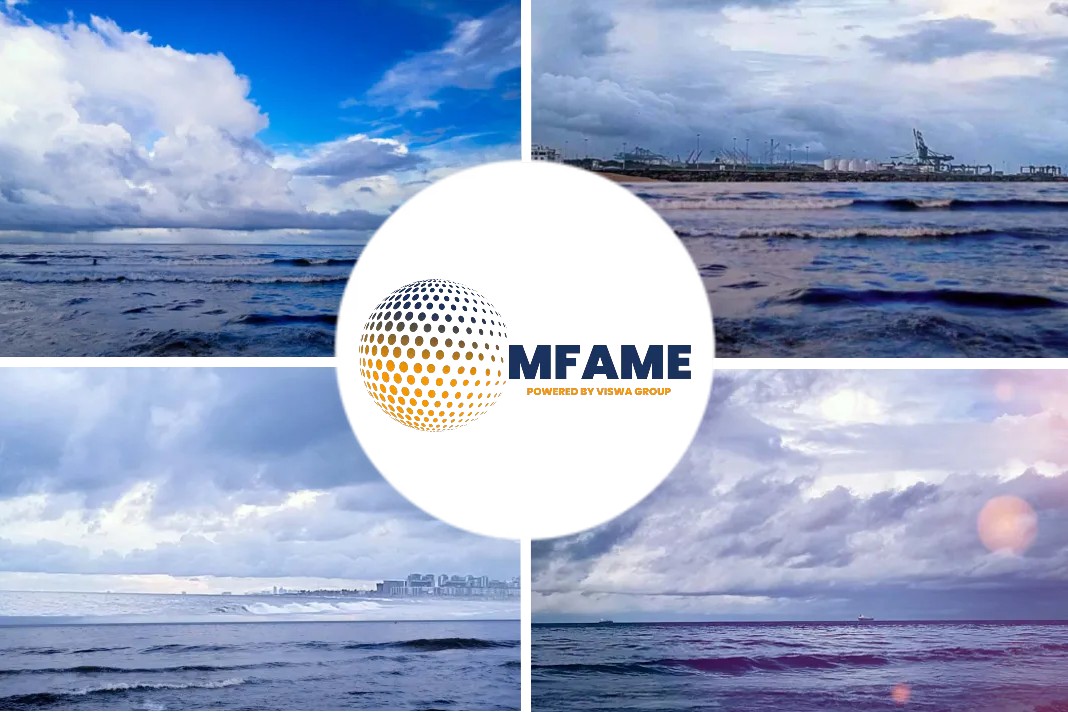With regulations in place to reduce sulphur emissions from ships globally, the International Maritime Organisation turns its gaze to a new horizon – the reduction of greenhouse gases.
The IMO’s greenhouse gas regulations shake up the maritime industry at a time when some already feel overwhelmed by sulphur emissions compliance, reports ACBR.
Reduce greenhouse gas
IMO’s Marine Environment Protection Committee (MEPC) held its 72nd session with the aim to address the future of emissions reduction in the maritime industry. It had fully committed to further limit and reduce greenhouse gas emissions from shipping, says, IMO Secretary General Kitack Lim.
A compromise was reached which will see greenhouse gas emissions cut by at least 50 per cent by 2050 (compared with 2008 levels).
Difficult for ship conversion
The MEPC 72 is now critical to the development of marine transport in the future. With an additional effort to reduce emissions that might further complicate the process of ship conversion.
However, the results of MEPC 72 should be seen as an opportunity, especially for the burgeoning LNG market, as ship conversion now needs to focus on future-proofing their green shipping initiatives.
LNG to LFSO
Innovation and development in ship conversion has been propelled almost exclusively by the need to develop solutions to address the 2020 cap on sulphur emissions.
These solutions have largely been focused on creating sulphur abatement technologies (such as scrubbers) and switching to low-sulphur fuels such as marine fuel oil, marine gas oil and liquid natural gas.
Scrubbers unsustainable
Although costly, scrubbers are seen by many to be a relatively quick and painless compliance measure.
However, only 2 percent of ships globally are projected to be fitted with scrubbers by January 2020 due to congested dry-dock space, financial limitations and scrubber manufacturing capacity.
Most important is that the scrubbers do not cut the emission of CO2. Fitting scrubbers is therefore unsustainable in the long term.
Green fuels are costlier
Other popular alternatives, such as using marine gas oil and ultra-low sulphur fuel oils, are equally as unsustainable, not because they do not reduce emissions, but because their cost is projected to balloon as we approach the 2020 emissions reduction deadline.
According to consultants Wood Mackenzie, global shipping fuel costs for marine gas oil and similar fuels are likely to rise by about $24 billion as demand increases.
That aside, LNG offers a sustainable alternative to both scrubbers and low-sulphur fuel alternatives such as marine gas oil if clean production processes are developed.
Not only does LNG reduce CO2 emissions by 10 per cent to 25 percent (depending on the composition of the gas), but also if LNG infrastructure development projects and downstream LNG distribution are intelligently designed and implemented, then LNG could be insulated from market price fluctuations.
Building Bunkers with complaint fuel
There is a potential boon for China, as shippers will look for alternative bunkering locations with a surplus of compliant fuels, according to forecasts by Wood Mackenzie.
LNG Marine Fuel Institute’s project, the Port Hedland Liquefaction Bunkering Facility Facilitation Study, is designed to ascertain how a small-scale liquefaction plant in Port Hedland could support LNG as a marine fuel supply chain in this way.
Moving against the odds
Only a handful of countries, including Saudi Arabia, the US and Panama, strongly opposed the ambitious emissions goals.
But they are nonetheless timely in the sense that conversion plans can now take these new compliance standards into consideration as the industry intelligently designs innovative technological, economic and business solutions.
Did you subscribe for our daily newsletter?
It’s Free! Click here to Subscribe!
Source: Australia China Business Review


















